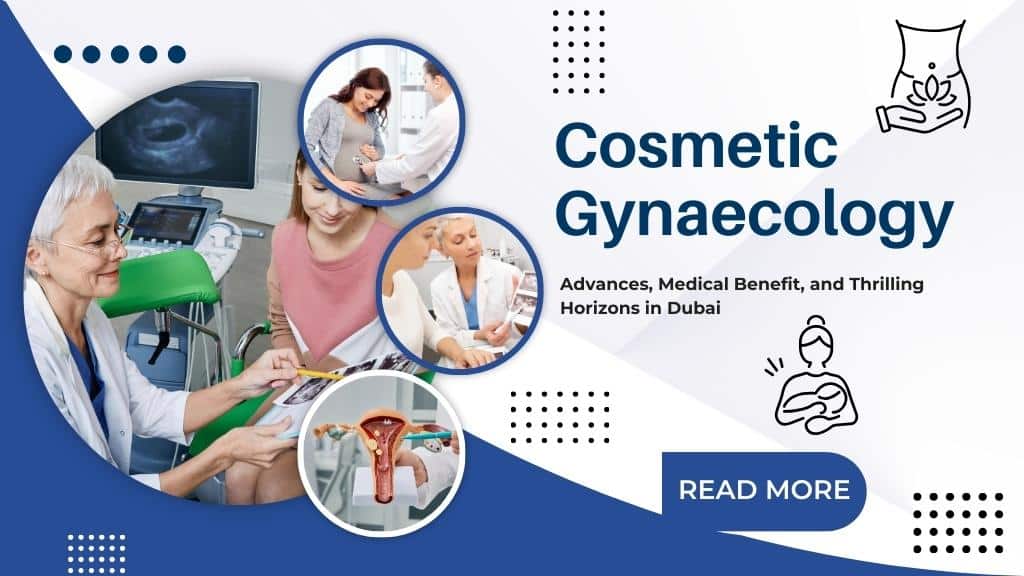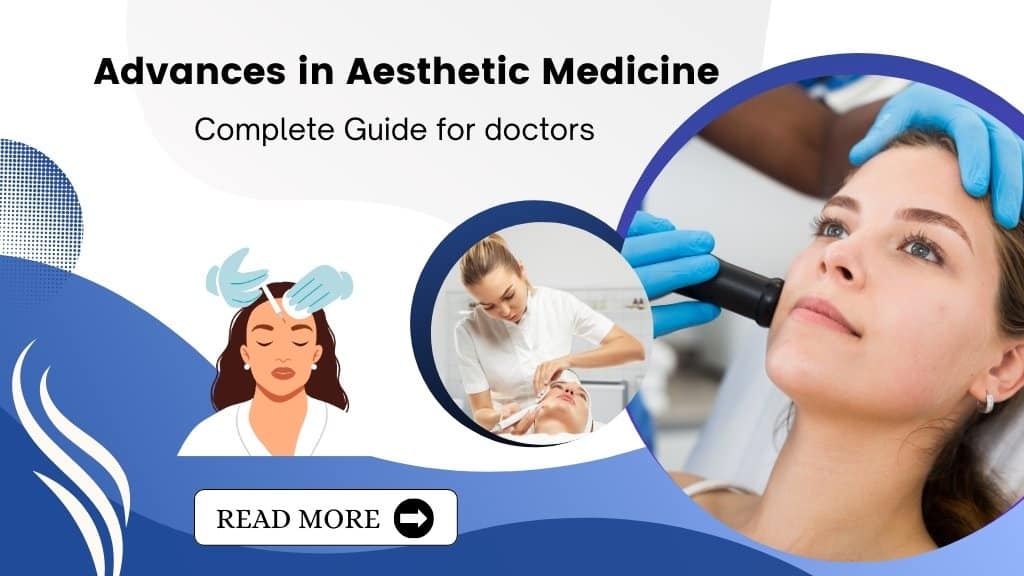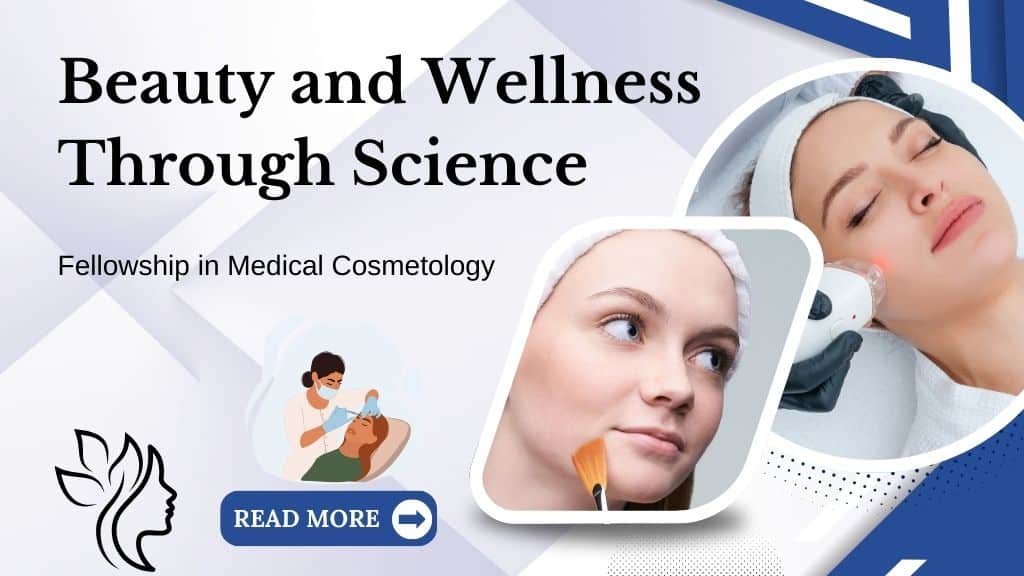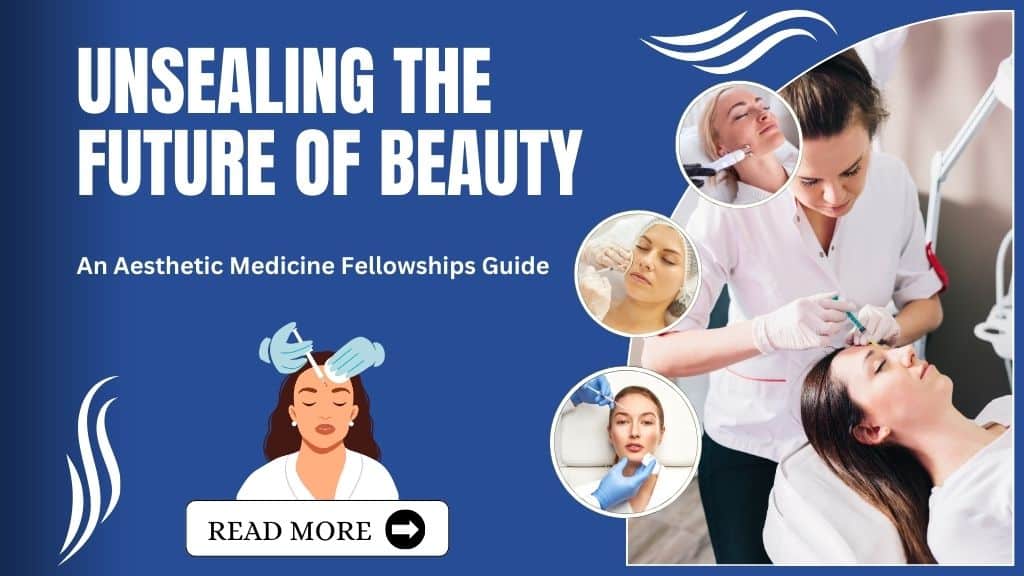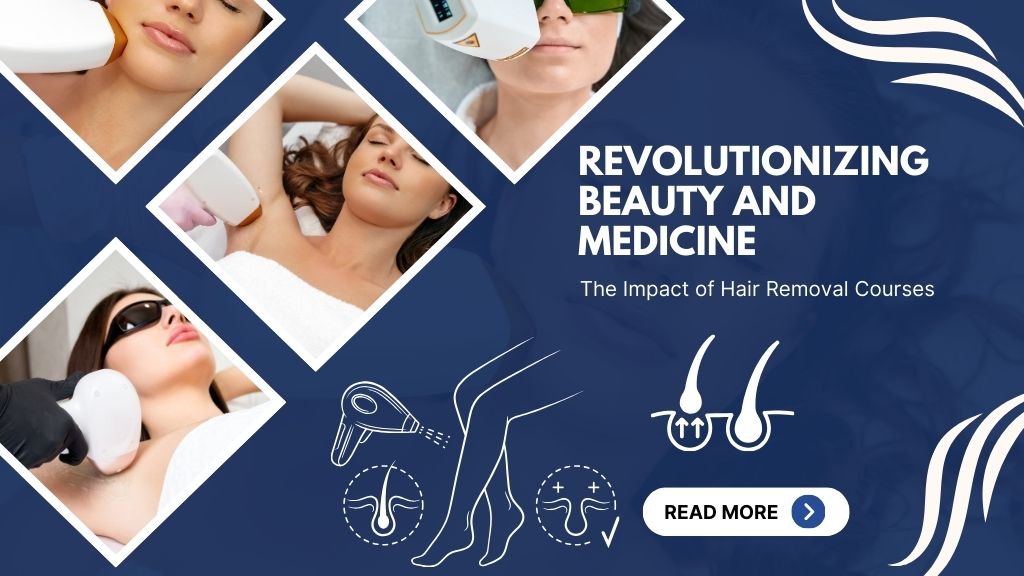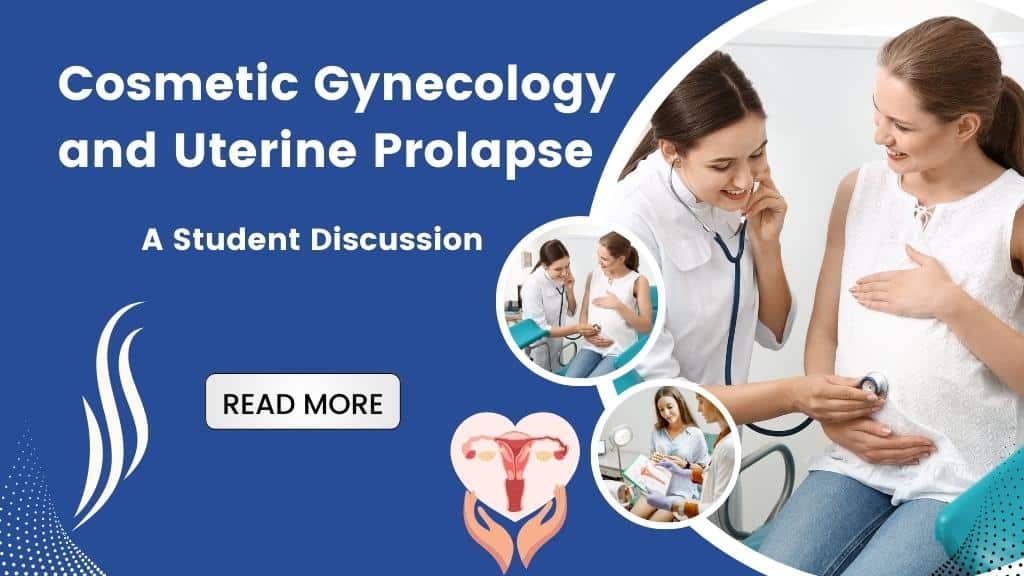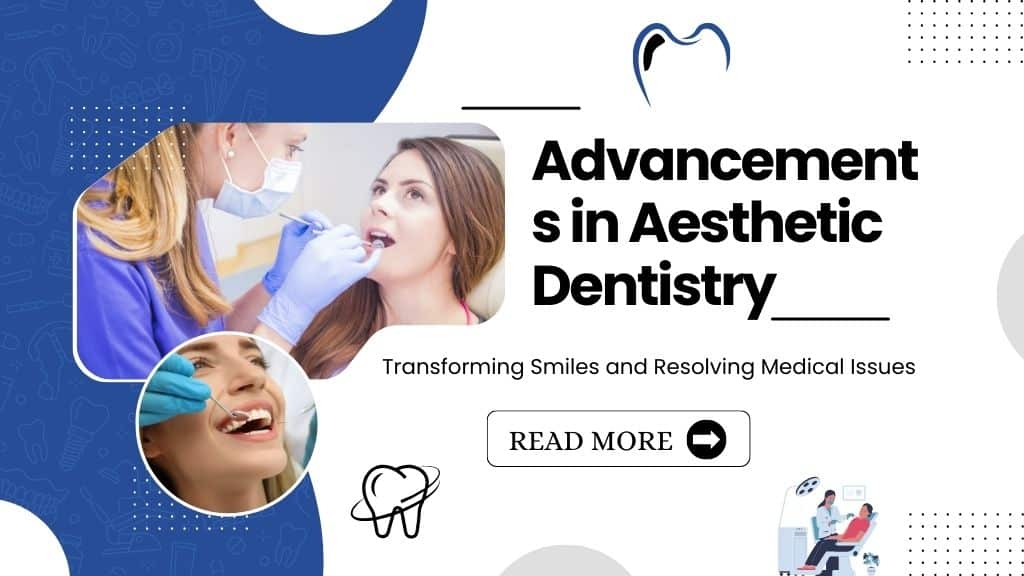Cosmetic Gynaecology has emerged as a pioneering field of medicine that treats not just the cosmetic but also the functional conditions of the female genitalia. With advances in technology and refined techniques, the specialty is helping women claim their health, self-worth, and well-being. Cosmetic Gynaecology is not only aesthetic enhancement; it also alleviates medical conditions that can significantly detract from the quality of a woman’s life. As more and more demands for specialists extremely well-trained in the area are appearing all around the globe, ILAMED with great pride introduces the opening of its Cosmetic Gynaecology Courses in Dubai, opening new possibilities for practitioners and prospective students.
The recent Coscon Dubai 2025 conference brought to the front the significance of Cosmetic Gynaecology and demonstrated the new developments that are making Cosmetic Gynaecology revolutionize the future of this specialty. This article looks at the evolution of Cosmetic Gynaecology, its health benefits, and how ILAMED’s new courses in Dubai are set to revolutionize learning in this specialty.
The Emergence of Cosmetic Gynaecology: An Integrated Approach to Women’s Wellness
Cosmetic Gynaecology is an emerging specialty handling the enhancement of the shape and function of the female genital area. Cosmetic Gynaecology blends functional enhancement with aesthetics in order to enhance a woman’s physical comfort, sexual well-being, and confidence over the classic gynaecology that is primarily handling medical issues.
Women undergo cosmetic gynaecological surgeries due to postpartum changes, ageing problems, or body dissatisfaction. Cosmetic Gynaecology surgery not only reconstructs aesthetic demands but also meets medical issues such as vaginal relaxation, incontinence, and sexual dysfunction. Cosmetic Gynaecology bridges the gap between medicine and cosmetics because it provides holistic treatment addressing physical as well as psychological needs.
Cosmetic Gynaecology Advances: Altering the Lives of Women
The business of Cosmetic Gynaecology has experienced unheard-of growth during the last couple of years. Technology has introduced treatments that are useful and low downtime. Here are some of the most impressive advancements:
1. Laser-Based Vaginal Rejuvenation
Laser therapy has transformed Cosmetic Gynecology by offering non-surgical treatment for vaginal rejuvenation and tightening. The procedures re-establish the elasticity of the tissues, alleviate dryness, and improve sexual function without surgery or prolonged recovery time.
2. Platelet-Rich Plasma (PRP) Therapy
PRP therapy involves applying a patient’s own blood to promote healing and rejuvenation of the vaginal tissue. The therapy is very successful in curing such disorders as urinary incontinence and increasing sexual gratification.
3. Energy-Based Devices
Radiofrequency or ultrasound energy devices are used now to tighten up the vagina and improve tissue health. The therapy is pain-free, rapid, and hospital-free—just right for the active woman who craves quick cures.
4. Surgical Solutions
Surgery may be used for more serious issues. Labiaplasty or vaginoplasty provides solutions that are lifelong. The procedure corrects any anatomical abnormalities and enhances pleasure and comfort.
Such advances have ushered in Cosmetic Gynecology to become more widely available than ever before, allowing women to deal with their issues in private and efficiently.
Medical Benefits of Cosmetic Gynaecology: Beyond Aesthetics
While Cosmetic Gynaecology is otherwise linked to cosmetic enhancement, it is a necessary form of treatment to resolve numerous medical issues that are found in women. Among some of the key medical benefits are:
- Urinary Incontinence: Laser tightening of pelvic floor muscles and curtailment of involuntary leakage with physical effort or coughing.
- Sexual Dysfunction: Disorders like vaginismus (painful sex) or dyspareunia (pain during sex) are relieved by those treatments that improve vaginal elasticity and decrease pain.
- Postpartum Recovery: Vaginal laxity or prolapse symptoms are common after childbirth. Aesthetic treatments normalize normal anatomy along with enhancing global function.
- Enhanced Self-Esteem: Most women suffer from psychological distress because of dissatisfaction with the appearance of their genital area. Cosmetic treatments give them more confidence and self-esteem.
By treating such medical issues along with aesthetic objectives, Cosmetic Gynaecology enables women to lead healthier and more satisfying lives.
ILAMED Introduces Cosmetic Gynaecology Courses in Dubai
In a bid to meet the increasing need for qualified experts in this line of work, ILAMED has announced the official launch of its full Cosmetic Gynaecology Courses in Dubai. The courses aim to provide healthcare professionals with more knowledge and practical skills needed to succeed in this innovative specialty.
Some Key Topics that will be Covered in the Course Include:
- Anatomy and physiology of Cosmetic Gynaecology
- Methods of performing non-surgical and surgical treatments
- Consulting patient techniques
- Ethical aspect of aesthetic medicine
ILAMED’s global acclaim for excellence makes the courses a once-in-a-lifetime chance for medical experts seeking specialist knowledge in Cosmetic Gynaecology. By holding the courses in Dubai—a center of innovation globally—ILAMED seeks to establish superior learning for learners from all over the world.
The Growing Demand for Cosmetic Gynaecologists
As there is a growing awareness around the globe for Cosmetic Gynecology, the globe also witnesses growing demands for professionals who can offer safe and trustworthy treatments as per specific needs. Not only physically upgrading treatments but treatments for addressing hidden medical problems like postpartum restoration or sexual dysfunctions are in demand. Due to such growing demands, professional training schools like those of ILAMED have evolved.
Among the major forces driving this demand is the move toward minimally invasive procedures with faster recovery and reduced risk. Procedures such as laser vaginal rejuvenation and energy-based therapy are currently the patients’ options of choice when ease comes without the compromise on results. Additionally, advancements in surgical procedures such as labiaplasty allow women to experience long-term enhancement in function and aesthetics.
A second reason behind this growth is the increasing openness on the part of women towards their health concerns. The social media outlets have proved to be a great assistance in breaking down taboos for problems like sexual health as well as body image. As there are more women talking about having undergone cosmetic gynaecological procedures, more others are encouraged to pursue the same for themselves.
For practitioners who wish to specialize in this field, there is a lot of training required not only to acquire advanced techniques but also to understand patient psychology and ethics. ILAMED’s new training courses in Dubai aim to bridge these gaps by providing hands-on training as well as theoretical knowledge from experienced professionals in the field. By equipping healthcare professionals with these skills, ILAMED is paving the way for better patient care and better outcomes in Cosmetic Gynaecology.
Conclusion: A Bright Future for Cosmetic Gynaecology
The developments in Cosmetic Gynaecology have given women new possibilities for solutions to aesthetic and also medical concerns. From surgical and laser treatments to other forms of treatment, such procedures are reshaping lives for the better as they enhance physical comfort, sex life, and self-esteem.
With the introduction of its Cosmetic Gynaecology Courses in Dubai by ILAMED, medical specialists can now reap the benefits of access to the finest training in the world that will allow them to provide optimal care in this emerging specialty. The success of conferences such as Coscon Dubai 2025 only serves to highlight growing global interest in Cosmetic Gynaecology—a field that holds promise for a better future for women’s healthcare.
As we enter a new age of prioritizing women’s health in a more integrated fashion, Cosmetic Gynaecology is leading the way—empowering women to love their bodies and confidently take care of their essential medical requirements. For future students and practitioners, it is an inspiring time to be part of a life-changing process that transforms lives through science and empathy.

